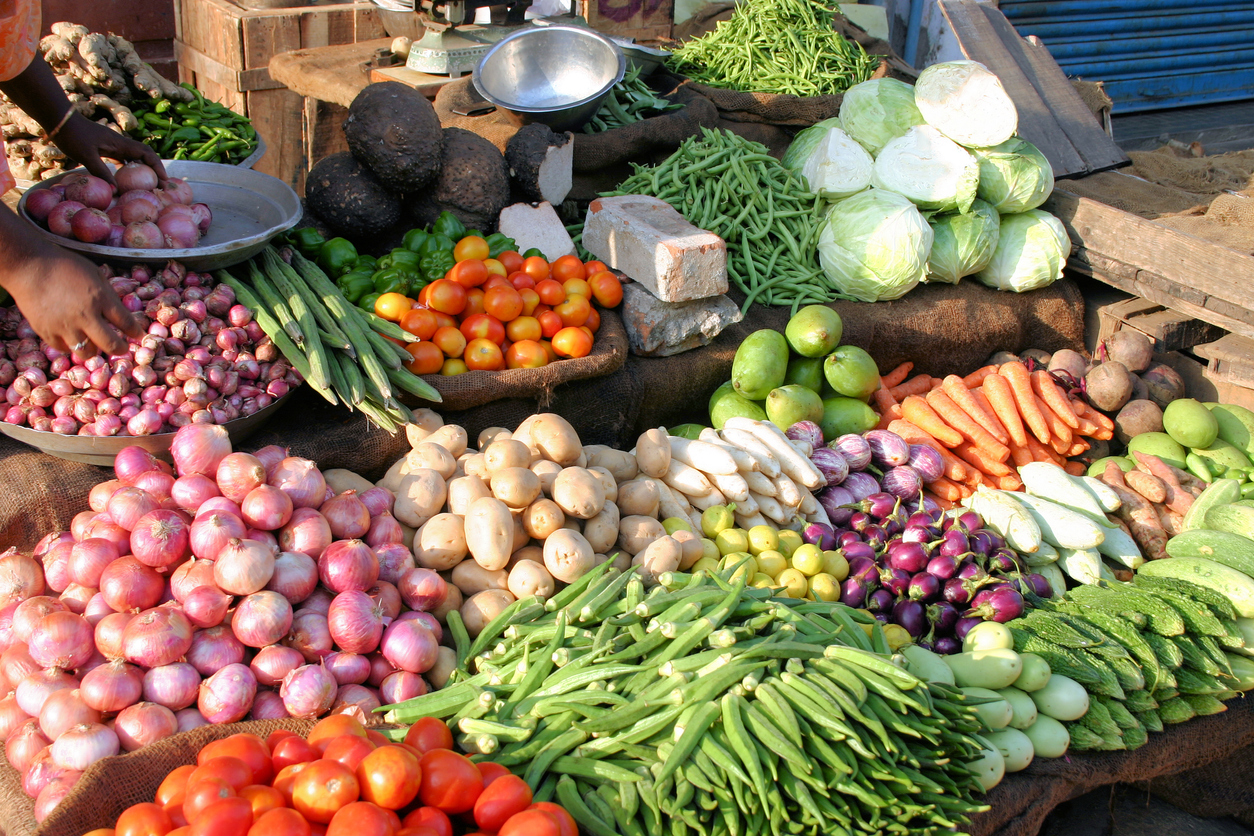
Spiralling inflation: India and the world pay the price for COVID
Prices shoot up as pandemic and lockdown-led disruptions impact supply chains and raw material costs across the world

The pandemic has spared none. Amid tightened budgets, labour shortages, supply-chain disruptions and zooming oil prices, inflation is spiralling in most parts of the world.
In India, while inflation is within the 2-6% threshold set by the Reserve Bank of India (RBI), it is rising gradually, reveal data. On Monday, data released by the Ministry of Statistics & Programme Implementation (MoSPI) showed India’s retail inflation, as measured by the Consumer Price Index (CPI), rose to 4.91% in November, against a 4.48% rise in October.
Amid the factors behind the rise was a sharp increase in food prices. The Consumer Food Price Index (CFPI), or the inflation in food prices, rose 1.87% in November, against 0.85% the previous month.
Climbing inflation in the US
In the US, inflation is at a 39-year-high. The Bureau of Labor Statistics said recently that the inflation rate in the country increased 6.8% over 12 months — the highest increase since 1982. In November and October alone, it rose 0.9% and 0.8%, respectively.
Also read: Tatas’ move to shift HQ from Ranchi to Pune faces resistance. But why?
Citing economists, an AP report said inflation will likely remain at these levels for some more months, but taper through 2022. They are more or less certain that the over 10% inflation seen in the 1970s and 1980 is not likely to recur now. Feeding some of the optimism is the drop in global crude oil and natural gas prices in recent weeks. This has a direct impact on inflation in the US, since home heating expenses may climb down in tandem.
Another key driver lowering the inflation rate would be improved supplies chains, say economists. The pandemic, and the resultant lockdowns, had completely uprooted the global supply chains last year, hitting the production and transport of everything from semiconductors to coal to iron and steel. This situation has been eased in recent months, and the impact is likely to be seen in 2022.
The inflation scene in India
The key factors that drove up inflation in the US — supply chain disruptions, higher input costs and volatile oil prices — have had a significant impact on prices in India as well. Though oil prices have since moderated, and several States have reduced VAT on fuel, the impact from the earlier hikes is still seen.
The rise in the CPI’s food basket in November was thanks to a sharp increase in oil prices; these were up 29.7% year-on-year. Also, the non-alcoholic beverages segment saw a 9.6% rise. While fruits were up 6%, vegetables fell 13.6%. Sugar and confectionery increased 6.2%, and eggs fell 1.3%.
The RBI last week estimated retail inflation at 5.3%, which is again within its target band. “The inflation trajectory is likely to be in line with our earlier projections, and price pressures may persist in the immediate term,” said RBI Governor Shaktikanta Das. “Vegetable prices are expected to see a seasonal correction with winter arrivals in view of bright prospects for the rabi crop. Cost-push pressures continue to impinge on core inflation, though their pass-through may remain muted due to the slack in the economy.”
Rising telecom tariffs, further price increases in perishable goods, and fresh supply chain disruptions due to the Omicron variant of COVID could impact inflation some more.


